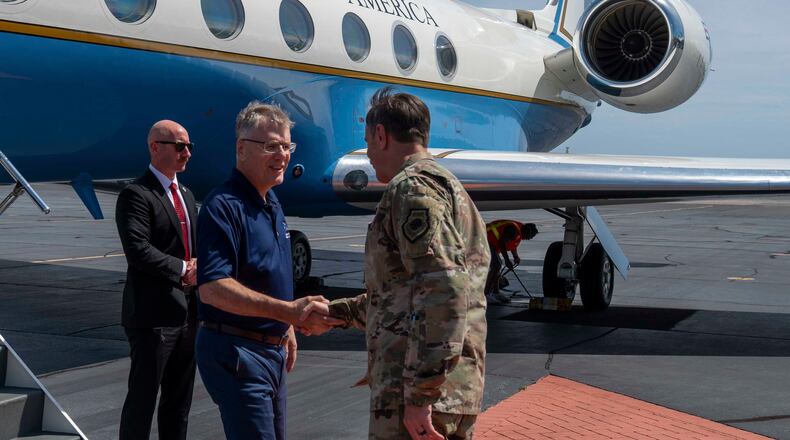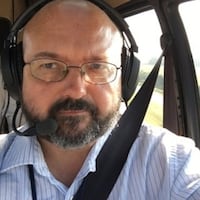Turner, with both of Ohio’s senators and Ohio Gov. Mike DeWine, has urged Meink and Secretary of Defense Pete Hegseth to keep a four-star general in the billet atop AFMC, which is headquartered at Wright-Patterson.
AFMC manages an $81 billion annual budget and a global workforce of 89,000 people who research, equip and sustain Air Force planes, weapons and equipment. That figure represents more than a third of the Air Force budget, dispersed across multiple installations.
But as the overall number of generals’ and admirals’ stars decrease — which has become a priority for the second Trump administration — the relative importance of remaining high-ranking officers will grow, said Turner, a Dayton Republican.
“As I suspected, he (Meink) indicated that as the number of stars decline, the value of each of those stars will increase,” Turner said. “So a three-star (general) will have a higher value than a three-star did in the past.”
Meink understands that AFMC and Wright-Patterson “are essential to the future decision-making of the Air Force,” the congressman added.
Meink knows AFMC and Wright-Patterson well. The 27th secretary of the Air Force served as a flight test engineer and deputy program manager at what was the National Air Intelligence Center at Wright-Patterson from June 1994 to March 1998. He also worked for the Air Force Research Laboratory, which is based at Wright-Patt.
The National Air Intelligence Center was a predecessor of today’s NASIC, the National Air and Space Intelligence Center, based at Wright-Patt.
“I have great respect for the secretary,” Turner said. “His background and expertise are perfect for this time.”
The Dayton area is fortunate to have a secretary whose background and career include Wright-Patterson, he said.
Meink’s recent trip to the Pacific region included Guam, the Philippines, Japan, and Alaska, where the delegation accompanying him was to meet with international leaders, as well members of the Air and Space Force across the Asia-Pacific region.
Turner, a senior member of the House Armed Services Committee, said those on the trip were updated on the U.S. posture in response to threats in the Pacific, as well as the future of the Air Force and the other service branches in the region.
“It was a great opportunity to get a better understanding of our investments in the area, and in the areas in which we need to invest for the future ... our current capabilities and our future needs,” he said.
Gen. Duke Z. Richardson, the former four-star AMFC commander, retired early in July, with his deputy, Lt. Gen. Linda Hurry, assuming the duties of commander.
Turner declined to comment on whether Hurry will continue in that role.
Lieutenant generals have three stars.
About the Author


